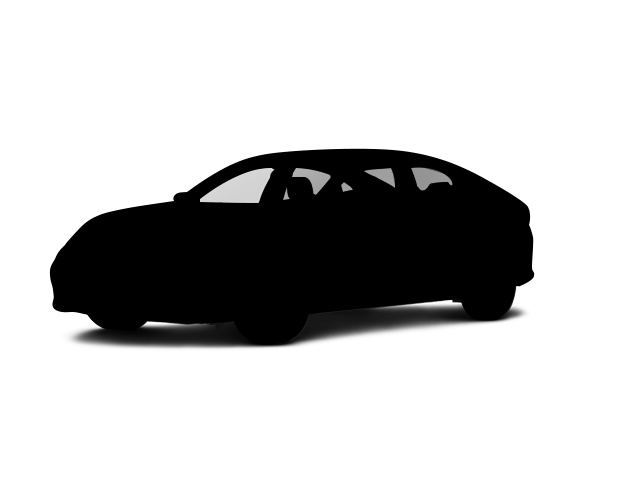The RC F’s optional pre-crash front seatbelts will tighten automatically in the event the vehicle detects an impending crash, improving protection against injury significantly. The 718 Cayman doesn’t offer pre-crash pretensioners.
The RC F’s lane departure warning system alerts a temporarily inattentive driver when the vehicle begins to leave its lane and gently nudges the vehicle back towards its lane. The 718 Cayman doesn’t offer a lane departure warning system.
To help make backing out of a parking space safer, the RC F (except Fuji Speedway Edition)’s standard rear cross-path warning system uses sensors in the rear bumper to alert the driver to vehicles approaching from the side, helping the driver avoid collisions. The 718 Cayman doesn’t offer a cross-path warning system.
The RC F’s driver alert monitor detects an inattentive driver then sounds a warning and suggests a break. According to the NHTSA, drivers who fall asleep cause about 100,000 crashes and 1500 deaths a year. The 718 Cayman doesn’t offer a driver alert monitor.
Both the RC F and the 718 Cayman have standard driver and passenger frontal airbags, front side-impact airbags, driver and front passenger knee airbags, side-impact head airbags, front seatbelt pretensioners, four-wheel antilock brakes, traction control, electronic stability systems to prevent skidding, daytime running lights, rearview cameras, available blind spot warning systems and rear parking sensors.
The Lexus RC F weighs 505 to 912 pounds more than the Porsche 718 Cayman. The NHTSA advises that heavier cars are much safer in collisions than their significantly lighter counterparts.
For its top level performance in all IIHS frontal, side, rear impact and roof-crush tests, and with its optional front crash prevention system, the Insurance Institute for Highway Safety grants the RC F the rating of “Top Pick” for 2017, a rating granted to only 205 vehicles tested by the IIHS. The 718 Cayman has not been tested, yet.

